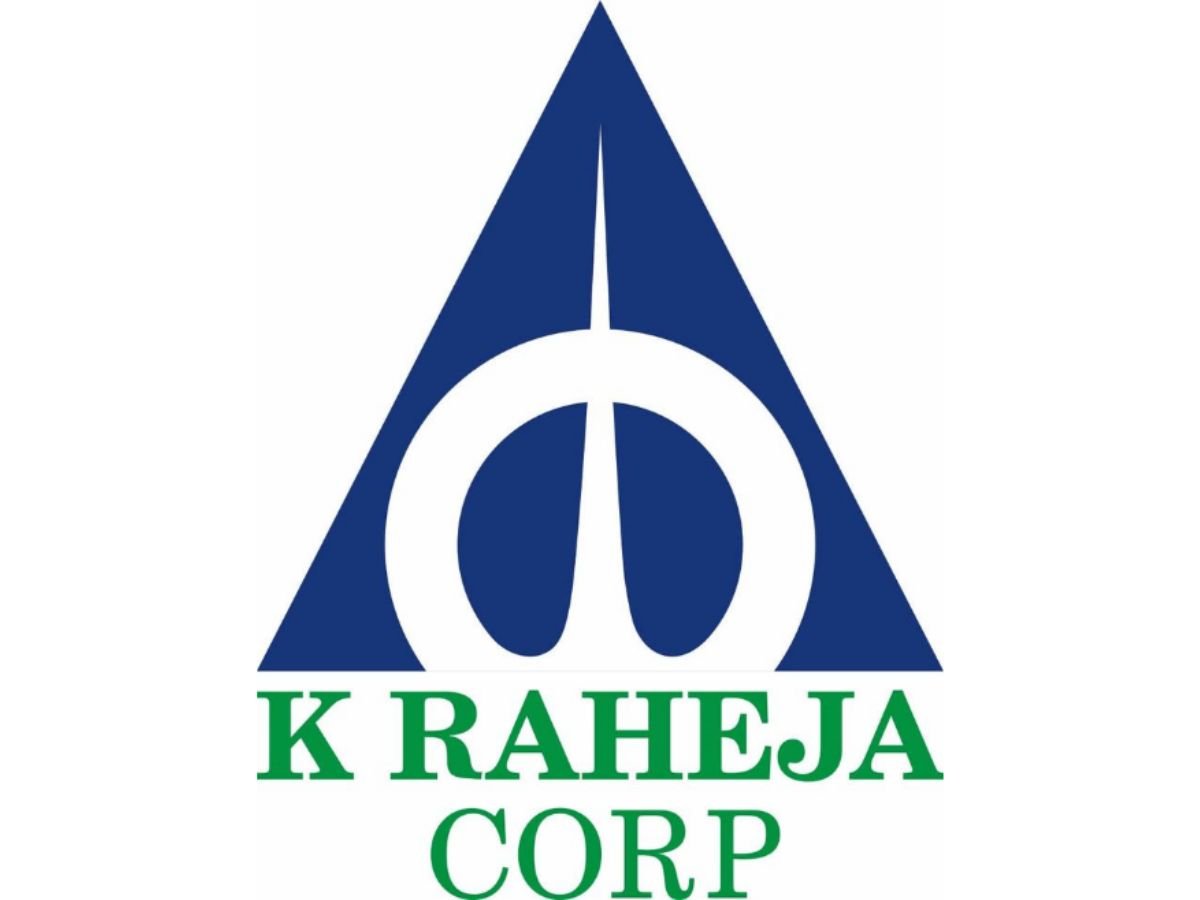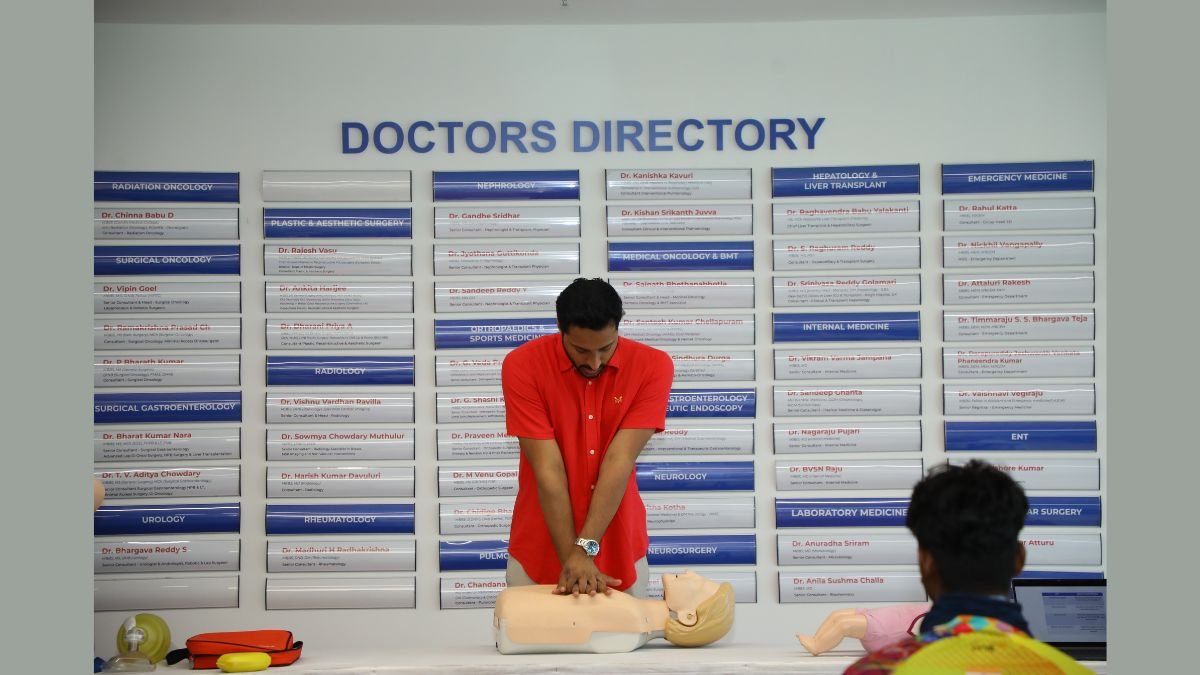

New Delhi (India), March 4: The rubber manufacturing industry has come a long way since the early days of manual labor and crude machinery. With advancements in technology and automation, rubber manufacturing has become a highly efficient and precise process. In this article, we’ll explore some of the latest trends and innovations in rubber manufacturing technology.
About Western Polyrub
Western Polyrub India Pvt. Ltd Company is a technology-focused manufacturer of high-quality rubber parts, including custom molded rubber parts, extruded rubber profiles, Rubber Diaphragm and Inflatable seals. Their state-of-the-art manufacturing facility uses advanced technology and equipment to ensure precision and efficiency in production.
The company is dedicated to innovation and sustainability, investing in research and development to continually improve its products and processes. Their commitment to quality, customer service, and timely delivery has established them as a reliable partner to customers in various industries.
Automation and Robotics
Automation and robotics have revolutionized the rubber manufacturing industry. With the use of programmable logic controllers (PLCs) and computer numerical control (CNC) machines, the production process has become faster, more accurate, and more cost-effective. Automated systems have enabled manufacturers to produce rubber products with a high level of consistency and quality, while minimizing waste and reducing the need for manual labor.
3D Printing
3D printing technology has also made its way into the rubber manufacturing industry. With the use of specialized 3D printing machines, rubber products can be created in a wide range of shapes and sizes, with high levels of accuracy and detail. 3D printing technology enables manufacturers to produce prototypes and test samples quickly and efficiently, allowing for faster product development and innovation.
One area of innovation in rubber manufacturing is the development of inflatable seals. Inflatable seals are rubber seals that can be inflated to create a tight seal between two surfaces. They are commonly used in applications where a tight seal is required, such as in doors, windows, and other openings in buildings and vehicles. Inflatable seals can be customized to fit a wide range of shapes and sizes, and can be inflated and deflated quickly and easily.
Newly Product Launched

Wespo Compliance Silicone Rubber, (WS3044/F44/M), Approved and compliance for Moulding and extrusion for Europe EN45545 – 2 norm HL3 compliance
Wespo Compliance Silicone Rubber that complies EN45545-2 R22/R23 (The European railway standard for fire safety) products available in any form it conforms to “HL (Hazard Level)-3”, which is said to be the most stringent EN45545-2 R22/R23 (The European railway standard for fire safety)
It has excellent flame retardancy and low smoke generation and since it is a product whose conformity has been confirmed by a test organization that has acquired ISO / IEC17025 certification, it is easy to use as a gasket or packing or sealing for railway vehicles or in a building were safety is the main concern.
Material Selection:
There has been a trend towards inflatable seals made from advanced materials that can withstand harsh environments and provide better performance. These materials can include high-temperature silicone and fluorocarbon rubber, which can withstand extreme temperatures and harsh chemicals. Material selection is an important consideration for inflatable seals, as it can greatly impact their performance and durability.
Customization:
Inflatable seals are highly customizable, and manufacturers are offering more options for customizing seals to meet specific customer needs. Customization can include the size and shape of the seal, as well as the inflation pressure and the type of valve used to inflate the seal. Customization options allow for greater flexibility in meeting specific customer needs.
Smart Seals:
With the increasing use of automation in industrial processes, there is a growing trend towards smart seals that can communicate with the control system and adjust the seal pressure based on the process requirements. This can help to reduce energy consumption and improve the efficiency of the manufacturing process.
Integration with IoT:
As the Internet of Things (IoT) becomes more prevalent in industrial settings, there is a growing trend towards inflatable seals that can be integrated into IoT systems. This can allow for real-time monitoring and control of the seals, and can help to reduce downtime and maintenance costs.
Materials Science
Advancements in materials science have also led to new opportunities for innovation in rubber manufacturing. With the development of new materials, such as silicone rubber and fluoroelastomers, manufacturers can now produce rubber products with improved durability, heat resistance, and chemical resistance. These new materials also allow for greater flexibility in product design, enabling manufacturers to create products that meet the specific needs and requirements of their customers.
Sustainability
Sustainability is another key area of innovation in rubber manufacturing. With a focus on reducing waste and improving energy efficiency, manufacturers are exploring new ways to reduce their environmental impact. For example, some manufacturers are implementing closed-loop recycling systems, where rubber waste is collected and processed into new products, reducing the amount of waste sent to landfills.
With the increasing focus on sustainability and reducing waste, manufacturers are now developing inflatable seals that are made from more eco-friendly materials and can be easily recycled at the end of their useful life. Sustainable options are being developed to reduce environmental impact.
Conclusion
Rubber manufacturing technology and innovation have come a long way in recent years. With advancements in automation, 3D printing, materials science, inflatable seals, and sustainability, manufacturers are able to produce high-quality rubber products with greater efficiency and precision.
As new technologies continue to emerge, we can expect even more innovation in the rubber manufacturing industry in the years to come.
Additionally, the development of sustainable options is becoming increasingly important to reduce environmental impact.
If you have any inquiries regarding extruded or molded rubber products, please visit our website at www.westpolyrub.com or call us at +91 9833590390. Additionally, you may wish to contact our sales engineers who are assigned to your region for a more direct response to your query. Rest assured that they will get back to you as soon as possible.
If you have any objection to this press release content, kindly contact pr.error.rectification@gmail.com to notify us. We will respond and rectify the situation in the next 24 hours.








